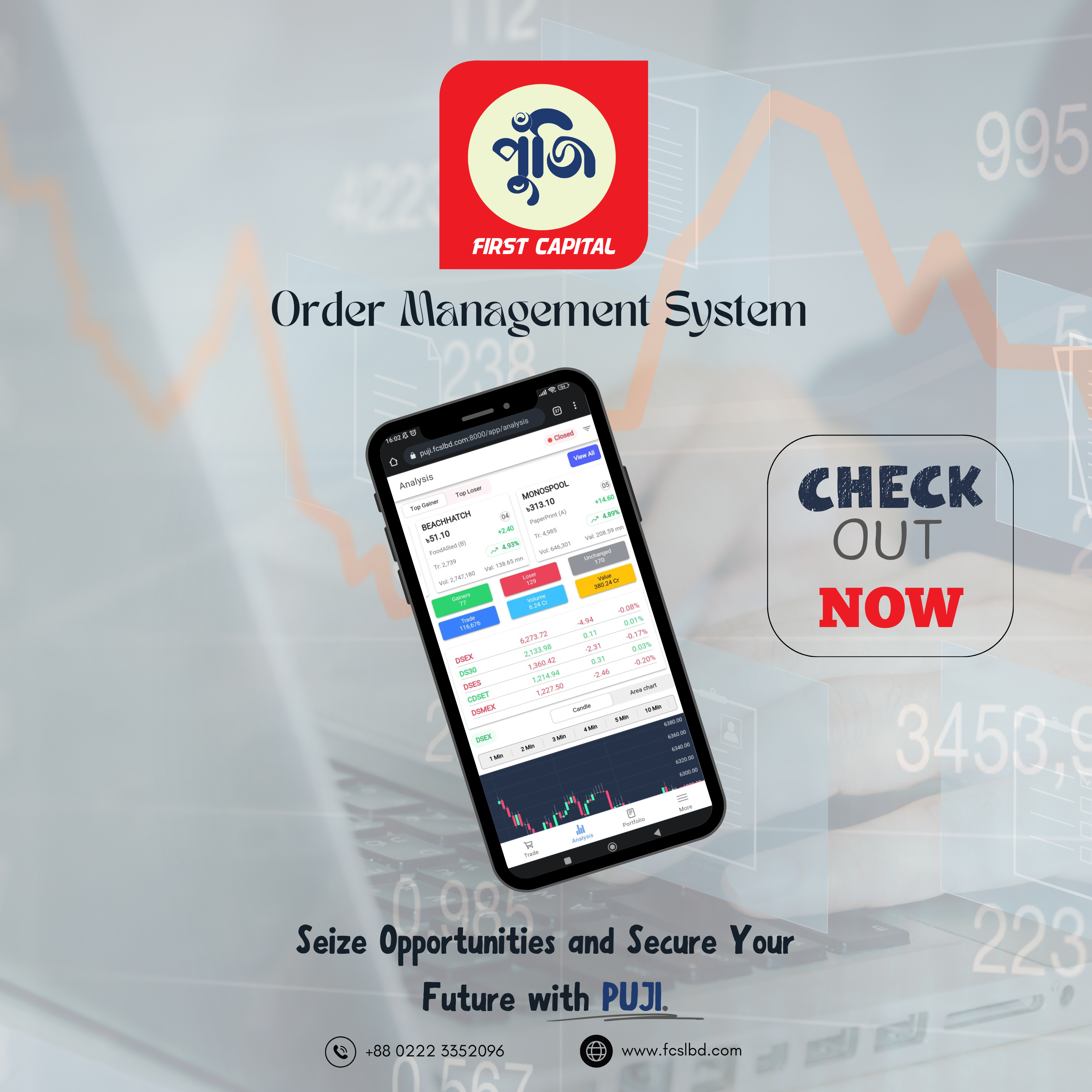However, despite the robust growth, Square Hospitals did not declare any dividends for the year
Square Hospitals has reported Tk618 crore in revenue for the fiscal year 2023-24, with its profit surging by 27% to Tk46.87 crore compared to the previous year.
The financial results were disclosed in Square Pharmaceuticals’ recently published FY24 annual report as the hospital is an associate of the pharma giant.
However, despite the robust growth, Square Hospitals did not declare any dividends for the year. Instead, the hospital plans to focus on expansion, upgrading, and replacing existing equipment with modern ones, according to the annual report.
The 400-bed hospital serves as a major contributor to private healthcare services in the country. Its outpatient department (OPD) can accommodate up to 2,500 patients daily, while its inpatient department (IPD) has a capacity of 500 patients.
Square Pharmaceuticals, the country’s leading drug manufacturer, holds a 49.94% stake in Square Hospitals, having invested Tk21 crore in the hospital to acquire 1.99 lakh shares of Tk1,000 each with a premium of Tk55.07.
Meanwhile, Square Pharma has two other associates – Square Textiles and Square Fashions. Among the two, only Square Textiles is listed on the stock exchanges.
Square Pharma holds a 46.36% stake in Square Textiles and received a 32% cash dividend from this associate in the last fiscal year.
In contrast, Square Fashions did not declare any dividends for its shareholders.
Square Pharma owns a 48.63% stake in Square Fashions, which reported revenue of Tk2,580 crore and a net profit of Tk382 crore during the last fiscal year.
Square Pharma
The pharmaceuticals company recommended a record 110% cash dividend to its shareholders for the fiscal year 2023-24, which was 105% in the previous year.
According to the company’s price-sensitive statement, it made a consolidated profit of Tk2,093 crore in FY24, the highest in its history, with a 15% growth in revenue, reaching Tk7,010 crore.
But, in the first quarter of this fiscal year, Square Pharmaceuticals witnessed revenue decline for the first time.
As per its undisclosed financial statement for the July-September quarter, seen by The Business Standard, Square Pharma reported Tk1,774 crore in revenue, a slight drop from Tk1,781 crore it posted in the same period last year.
Confirming the matter, Zahangir Alam, chief financial officer of Square Pharma, told TBS that this was the first time that they experienced a decline in revenue.
The decline is owed to multiple factors, including the turmoil centring on the July-August movement, the ongoing labour unrest and unprecedented flooding, he added.
However, riding on its investments and associate companies’ income, Square Pharma managed to post a 1.54% profit growth in the first quarter, recording Tk609 crore in profit.
Yesterday, its shares closed at Tk217.90 each at the Dhaka Stock Exchange (DSE), which was 1.82% higher than the previous session.
Square Pharma, known as a blue-chip company to stock investors, has been providing handsome returns to its investors since it was listed on the stock market.
Currently, the company holds the position of the second-largest stock on the country’s premier bourse, with its market capitalisation soaring to Tk19,315 crore.
tbsnews.net













